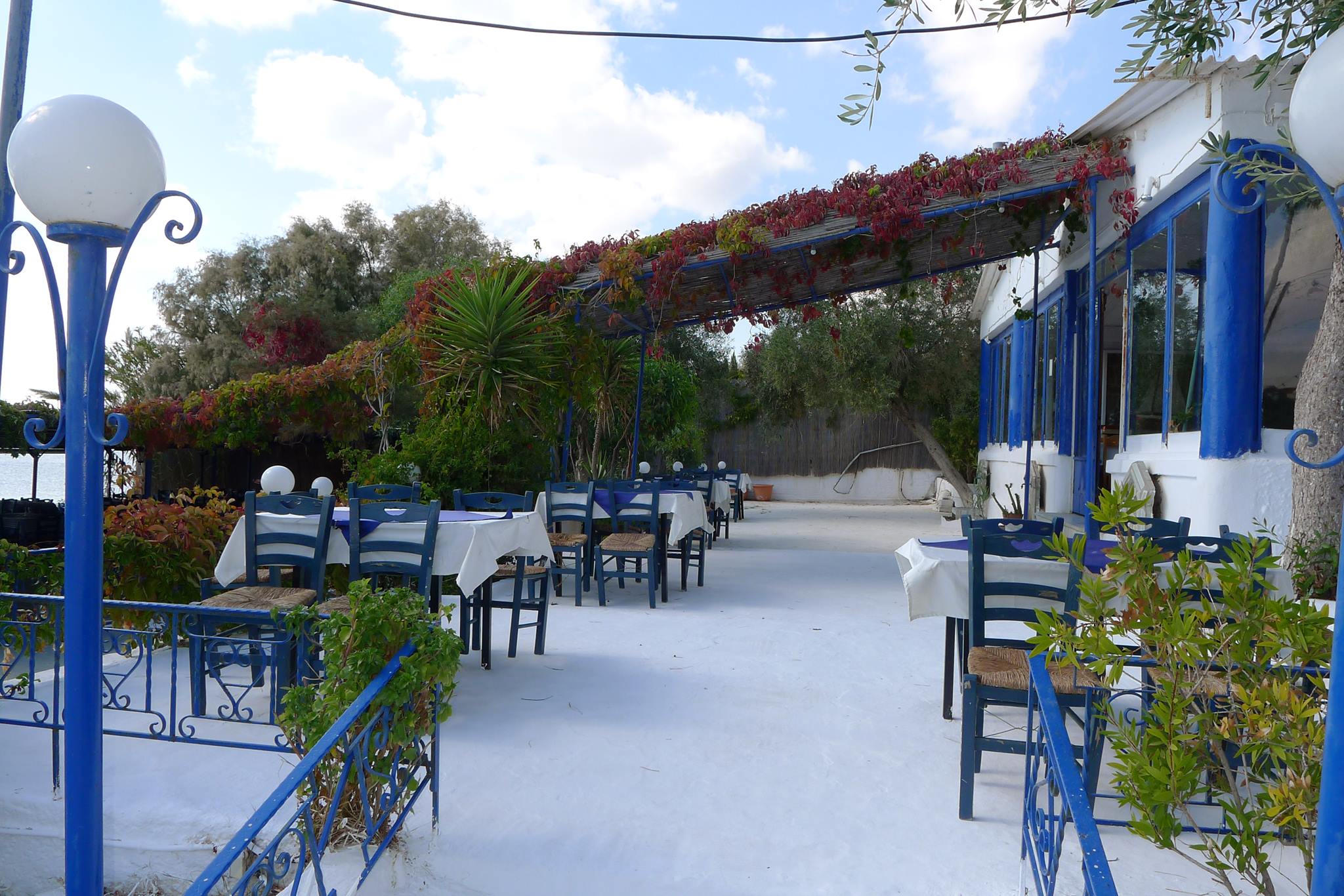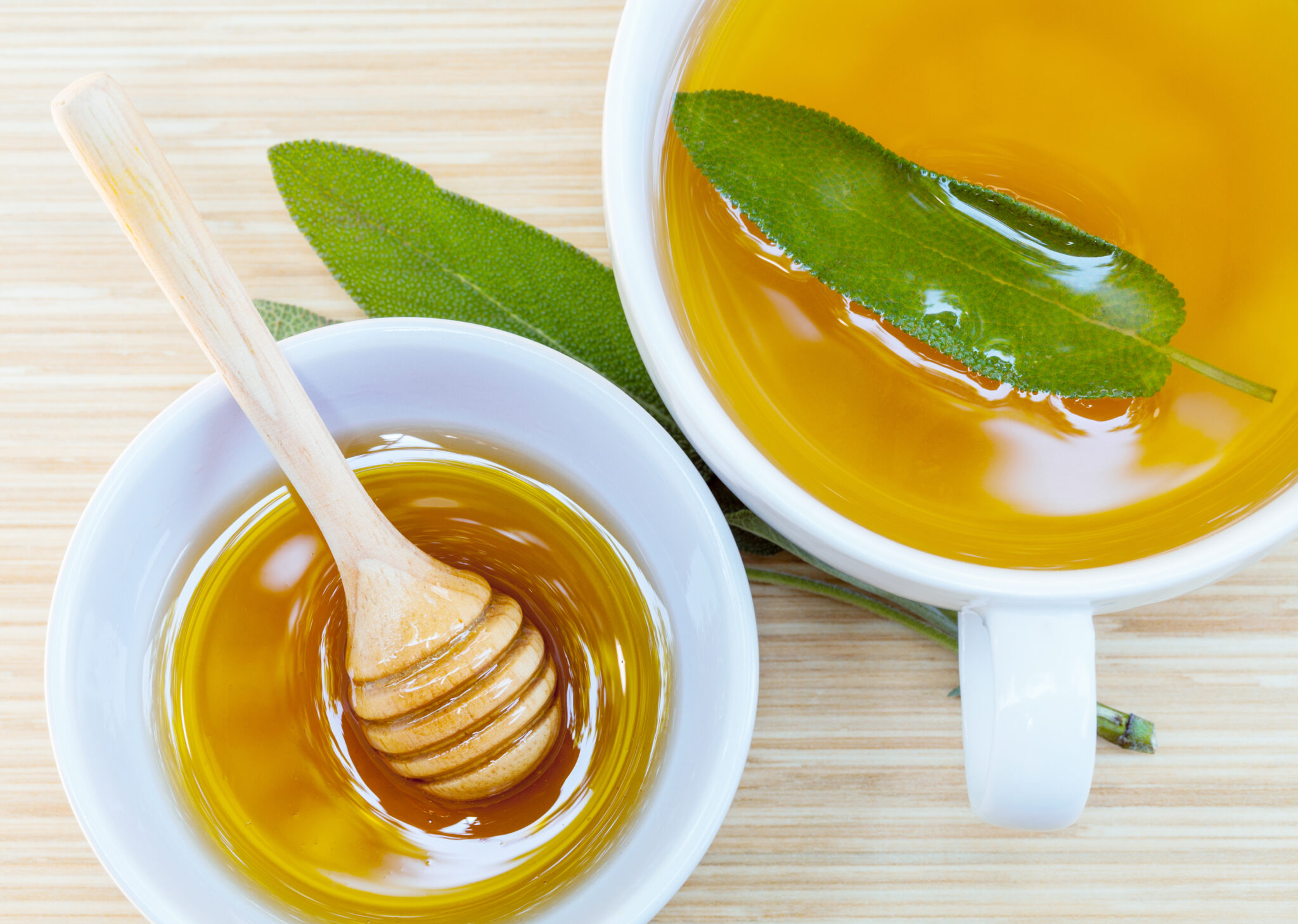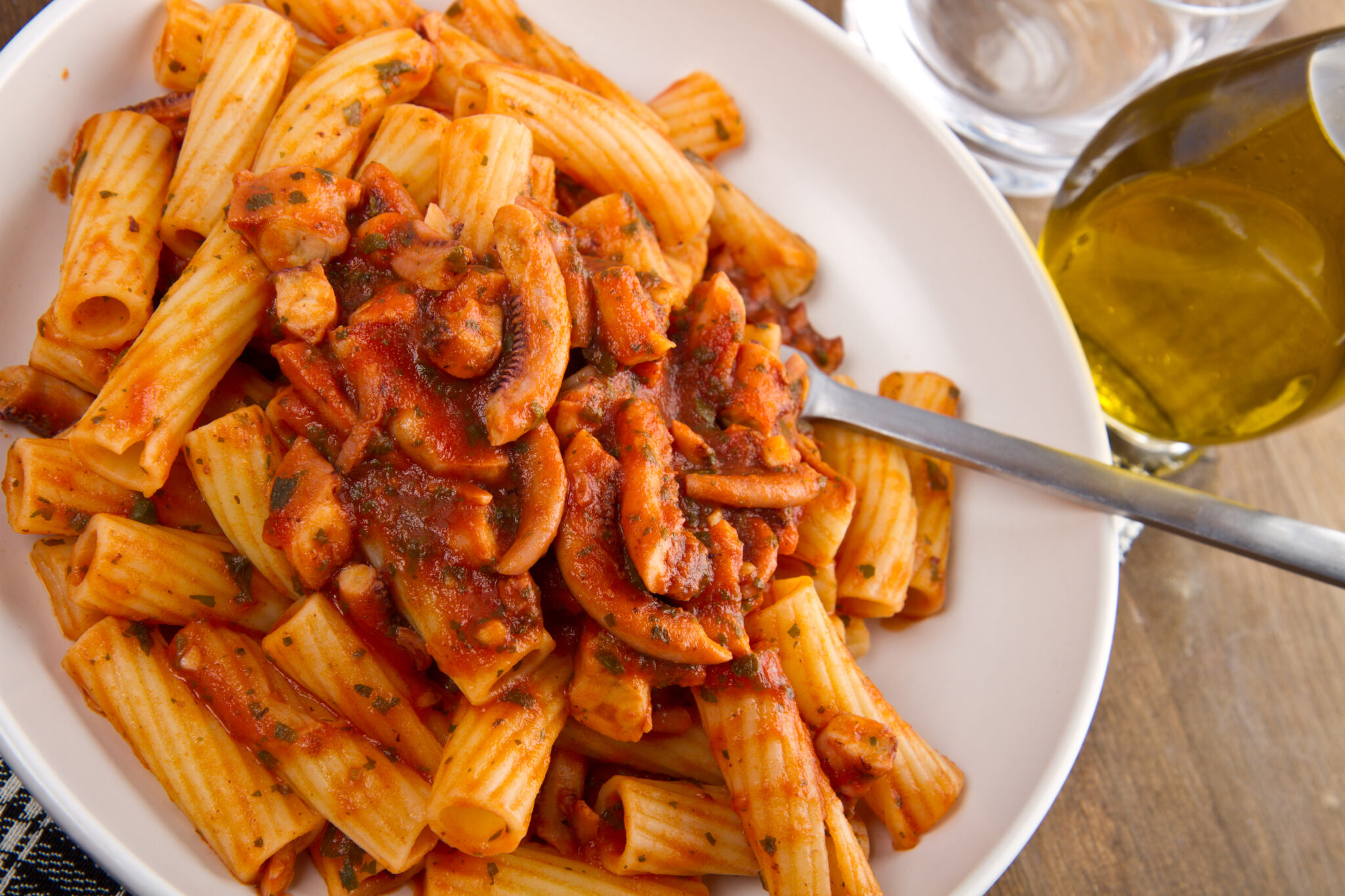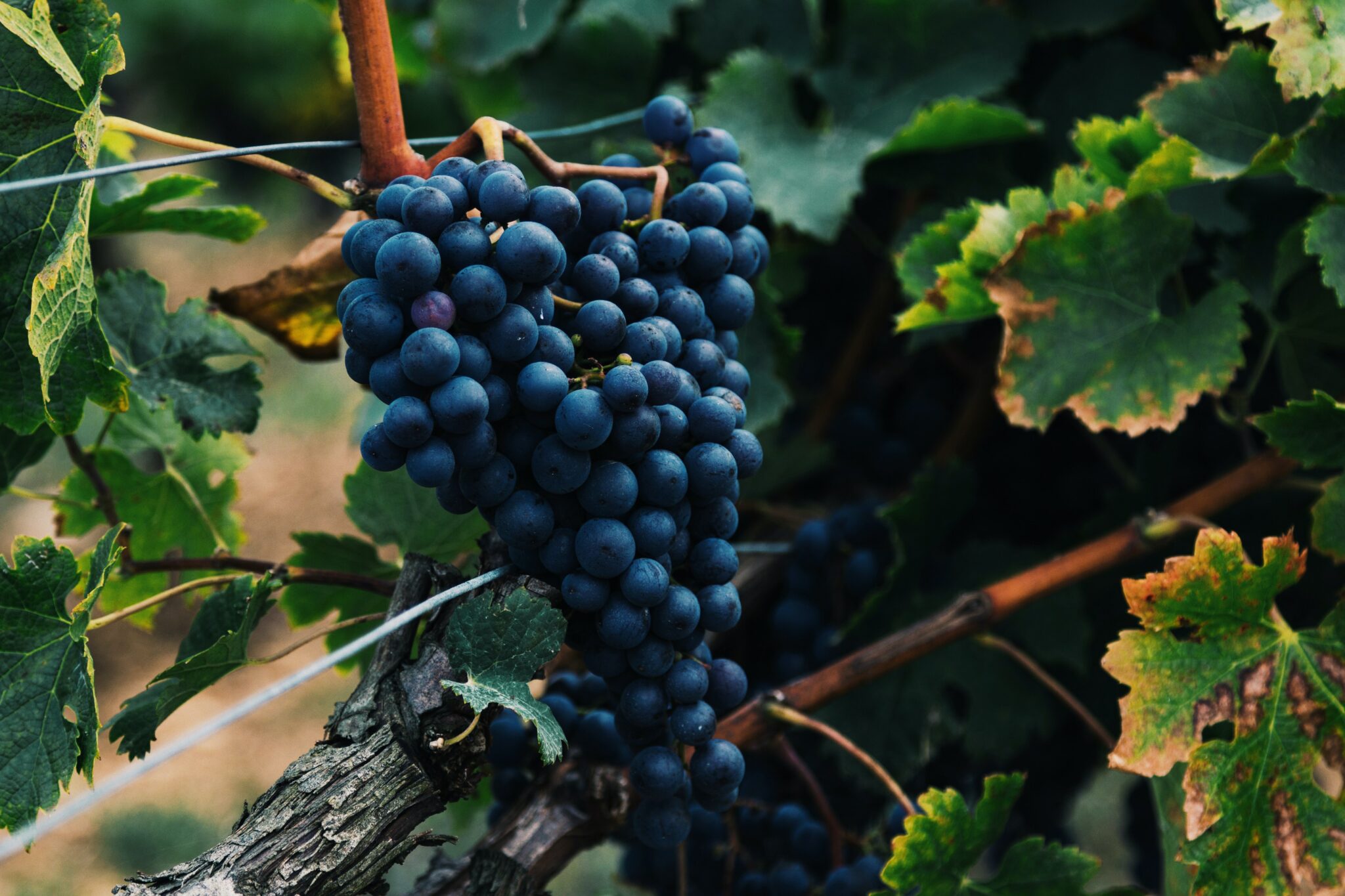Ithaca, a picturesque island in the Ionian Sea, proudly maintains its traditional primary sector of production, boasting a wealth of local agricultural products, fisheries, and livestock farming. Among the island’s culinary treasures are exceptional extra virgin olive oil, a variety of olives, distinctive honey, and a unique gastronomic scene with influences from Venetian and English cuisine.
Olives
Ithaca’s centuries-old olive groves, with their tall and ancient trees, produce a remarkable extra virgin olive oil. Several types of olives grow on the island, with the dominant native variety known by various names, including “dopia,” “thiakia,” “anoysana,” and “Plexideneia.” Another local favorite is the “skastes” or “tsakistes” olives, unripe olives thrashed over a stone.
Fishing and Livestock
Although on a small scale, fishing (prevalent off the island’s shores) and livestock farming provide self-sufficiency for the island. Ithaca is home to the local “red sheep” breed, the common ancestor of numerous breeds in South-Eastern Europe and the Middle East. Traditional feta cheese is crafted in small quantities from the milk of these sheep.
Honey
Ithaca’s forests, abundant with coniferous trees, herbs, and flowers, provide a perfect environment for producing high-quality honey. The standout “Alyfaskia honey” (sage honey) is primarily sold in Vathi.
Traditional Gastronomy
The island’s traditional cuisine reflects a mix of Venetian and English influences, coexisting with the popular cucina povera. Many meat-based dishes are cooked in the “tserepa”, an earthenware dish. Famous is the chicken in the tserepa but also the “anavopita”, which is the bread. Other local meat dishes include “rago”, a kind of ragu with lamb or goat and tomato sauce to which a whole head of garlic is added, and “jeria”, which is goat or lamb liver cooked in a pan with eggs.
Among the fish dishes, the most popular are “gana” (squid cooked in a pot with its ink and wine), octopus with short pasta, octopus pie, “sberna” or grilled smelt, the maridaki in the tava, the octopus kapamas, the octopus on the souvlaki, fried cod with a garlic sauce and “savoro” (a sauce of vinegar, flour, oil and garlic) mullet. Dishes of the ‘poor cuisine’, the “zoupa”, which is bread toasted and dipped in olive oil and wine, and the “bambanada”, dry bread soaked in a sauce of legumes.
Desserts
The island’s most popular sweet is the ‘”troufes” with almond or chocolate sprinkled with chocolate sprinkles and “hourmades”, a kind of fried syrupy melomakarono honey-soaked cookie sprinkled with walnuts and cinnamon. There is also the “poutinga”, a pudding that’s a remnant of the English occupation, made with white bread, the festive “rovani” dessert made from rice and honey and a whole range of spoon sweets. Aromatic herbs such as rosemary ‘sapsiho‘ (marjoram) and spices such as cinnamon and nutmeg (cloves) are commonly combined with plenty of garlic.
Wine
Ithaca is home to two main varieties of wine: sweet, red Mavrodaphni and white. The island boasts 16 indigenous grape varieties, with Papadiko being the most prevalent, followed by Avgoulato, Koritsanos, Gulina, Kotsilia, Koufaki, and Bouboulli.
While most indigenous varieties produce white grapes, Mavroudi yields black grapes. Three rare varieties—Skylopnikti, Kritiko, and Xynopodia—are currently endangered. Wine producers on Ithaca primarily bottle their wines for self-consumption, with a smaller portion marketed to the public. Meanwhile, the Wine Festival in Perachori on the last Saturday of July offers the opportunity to taste local wines.
Read also:
Ithaca: The magical Ionian island










